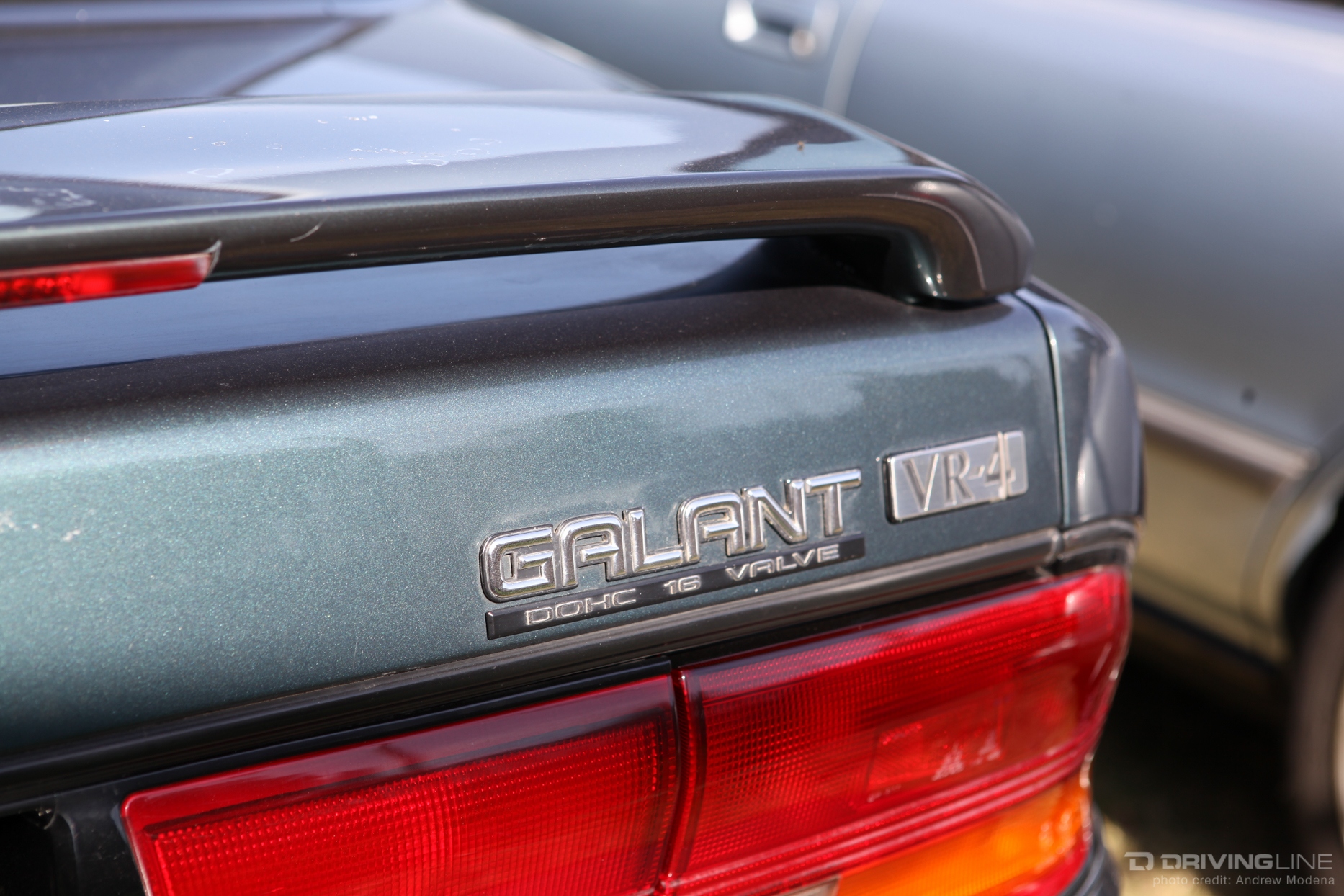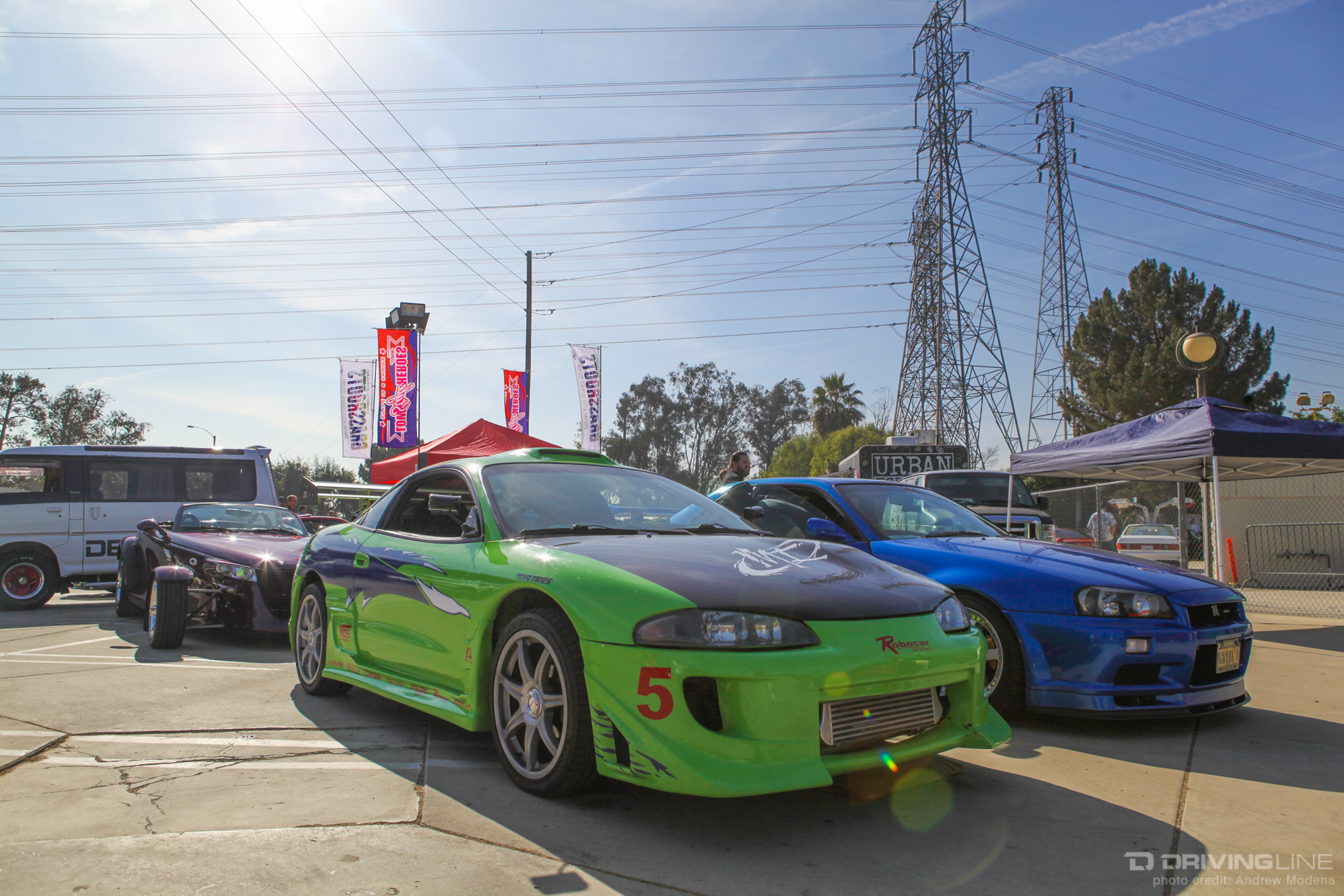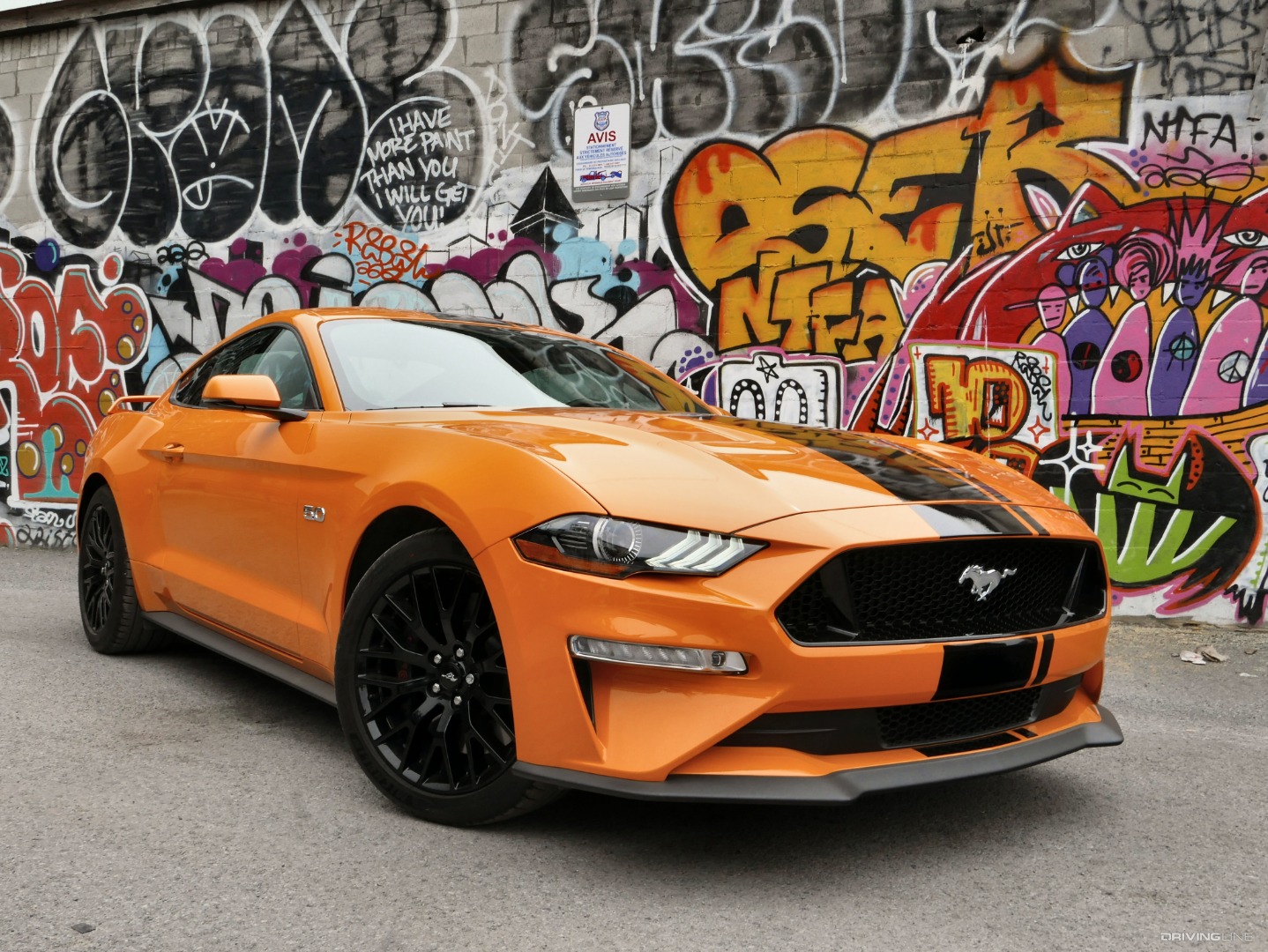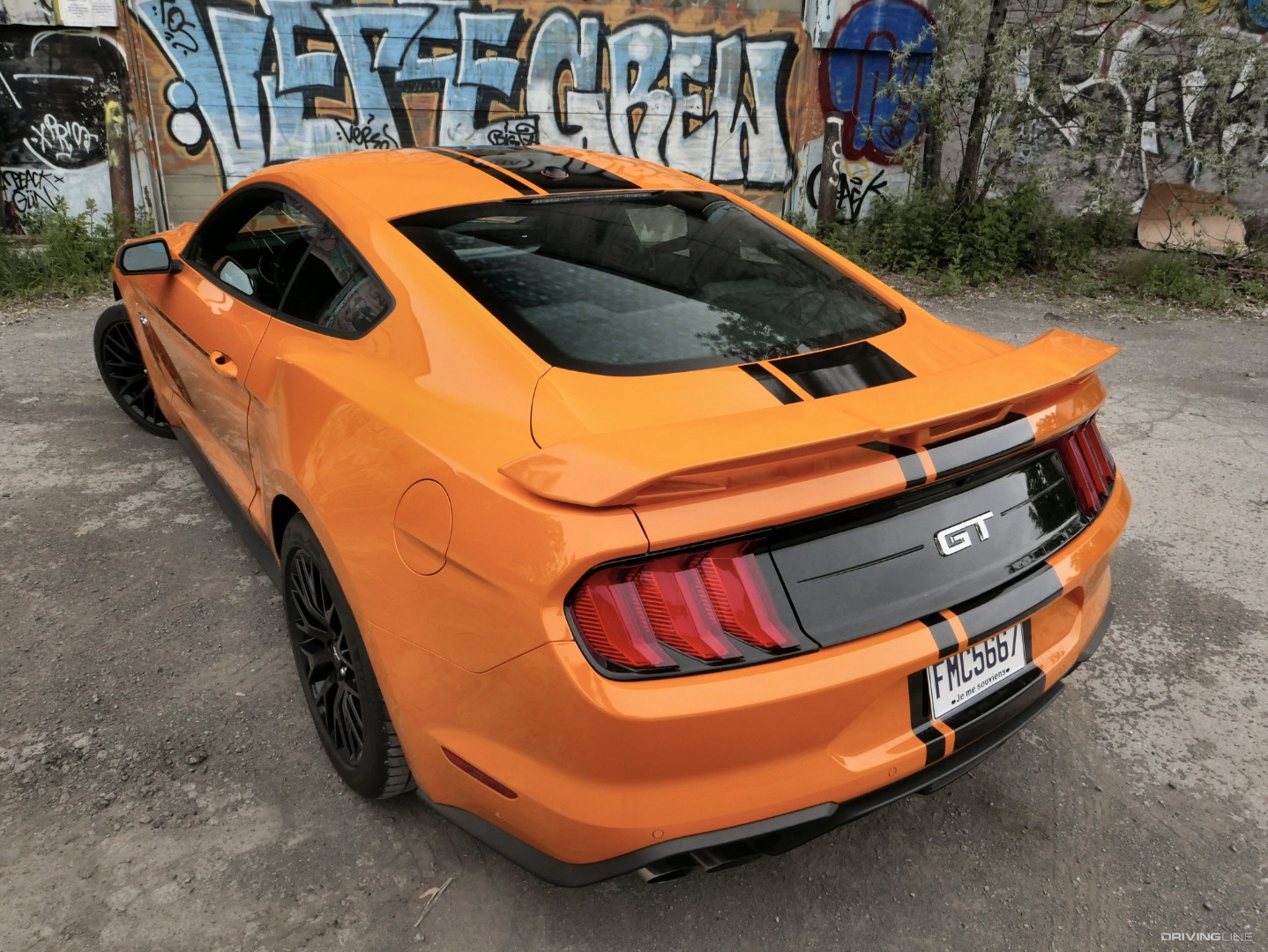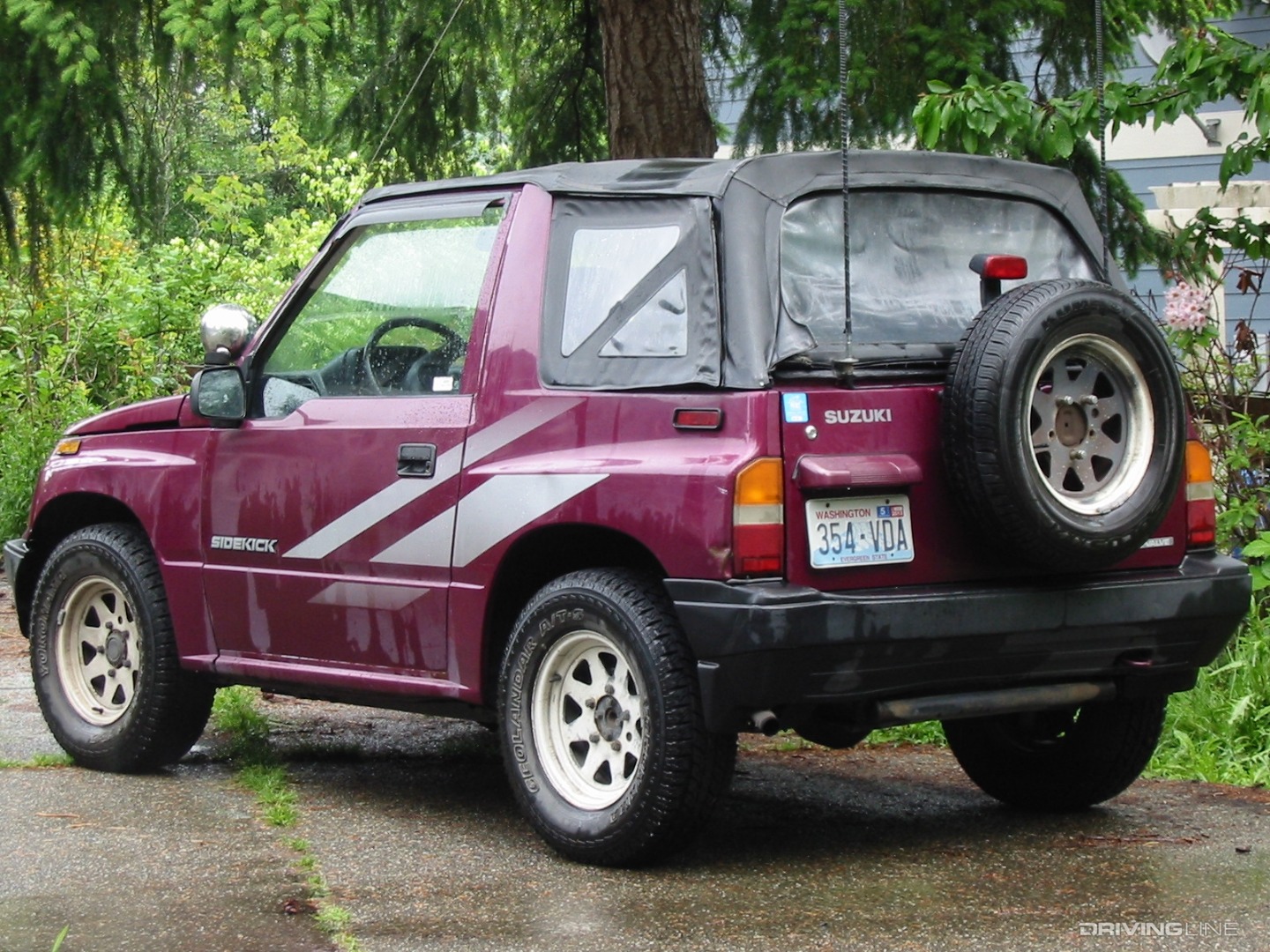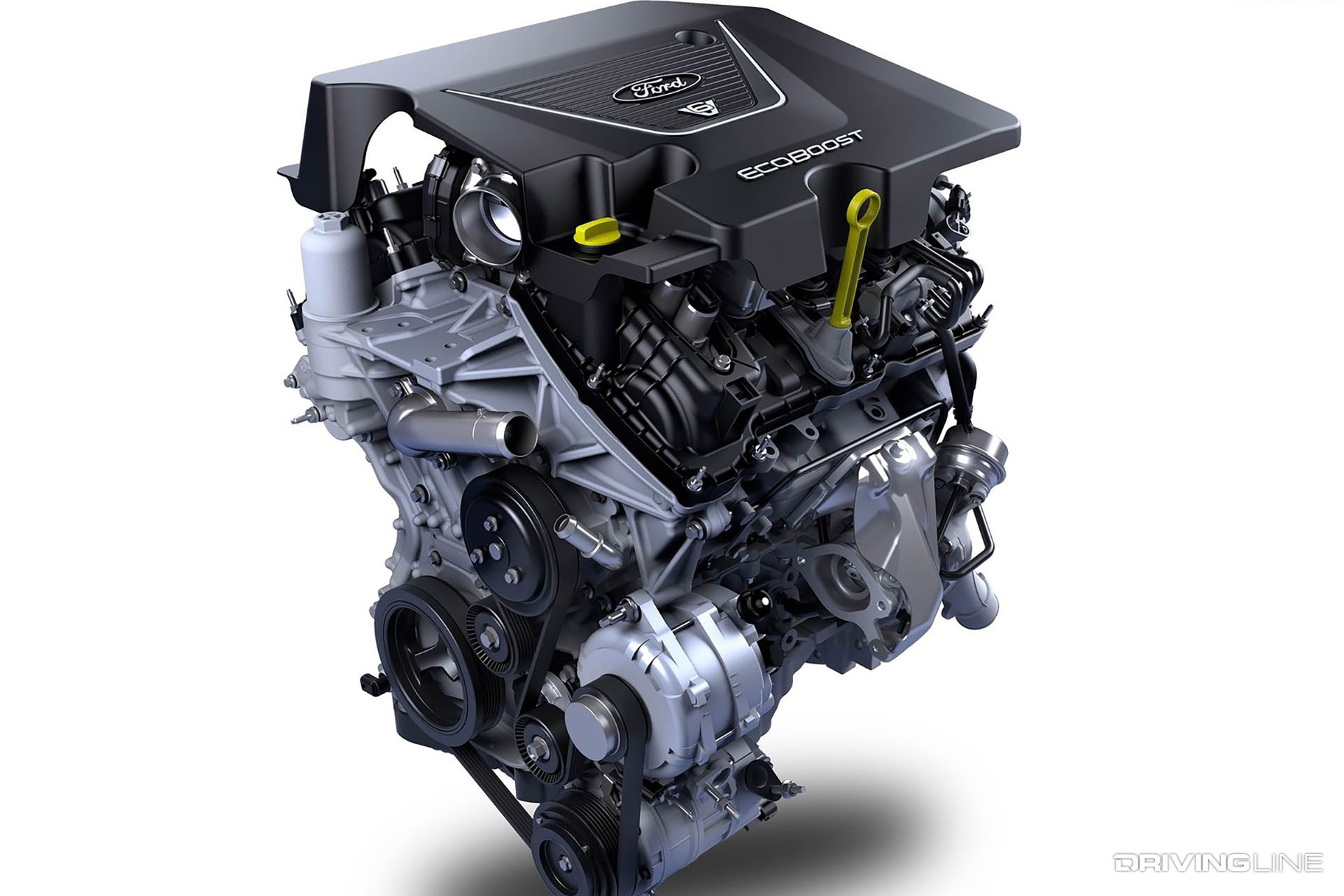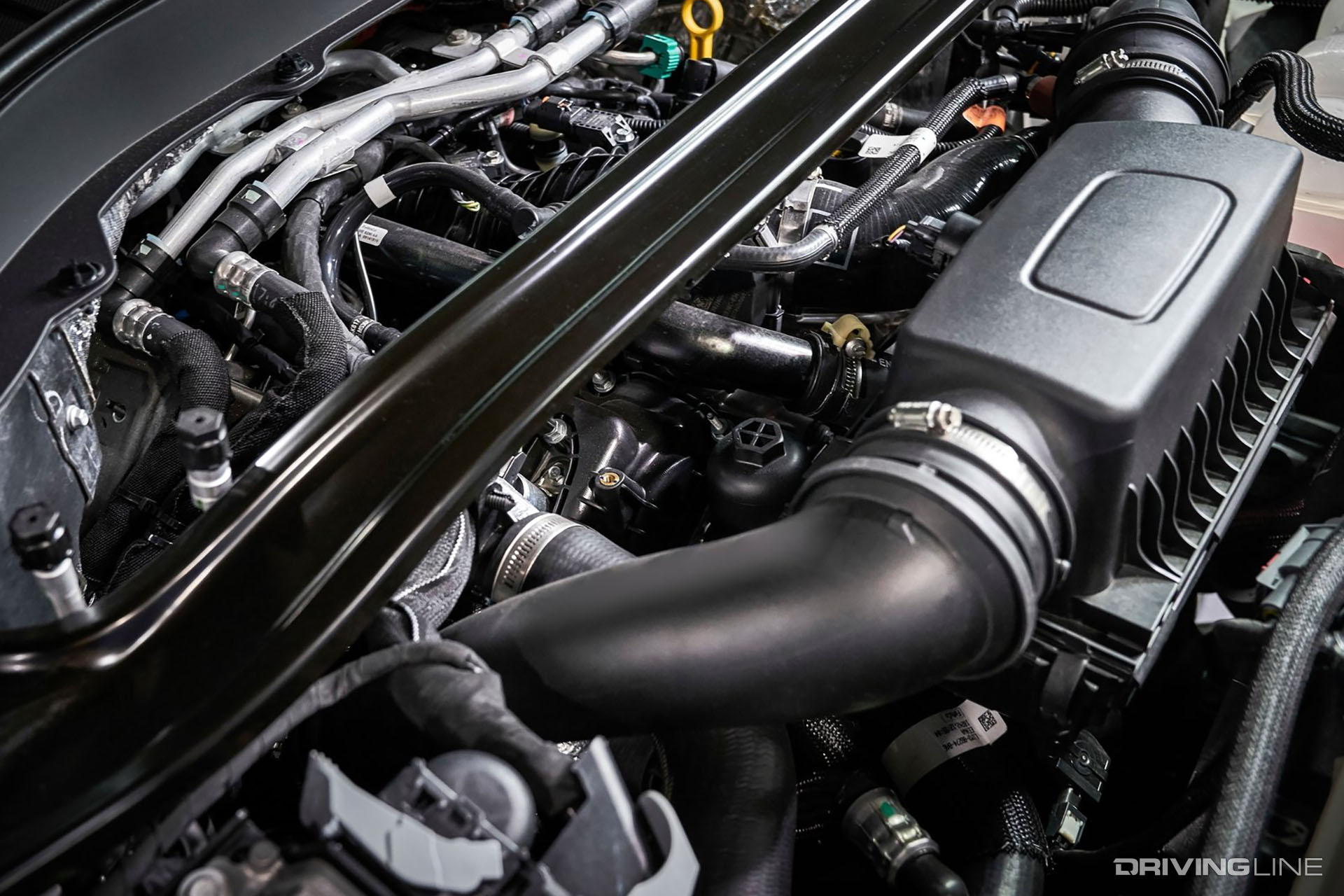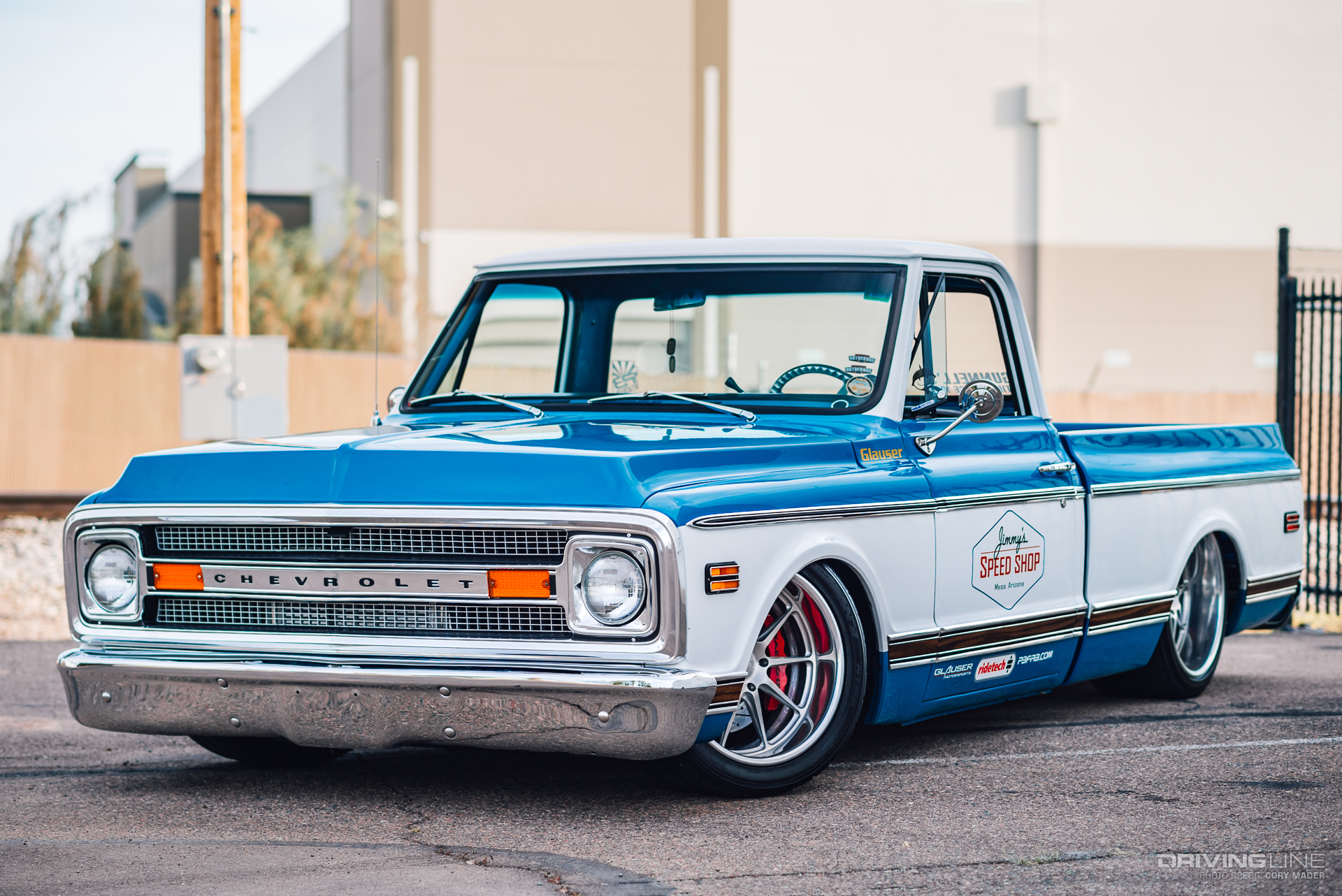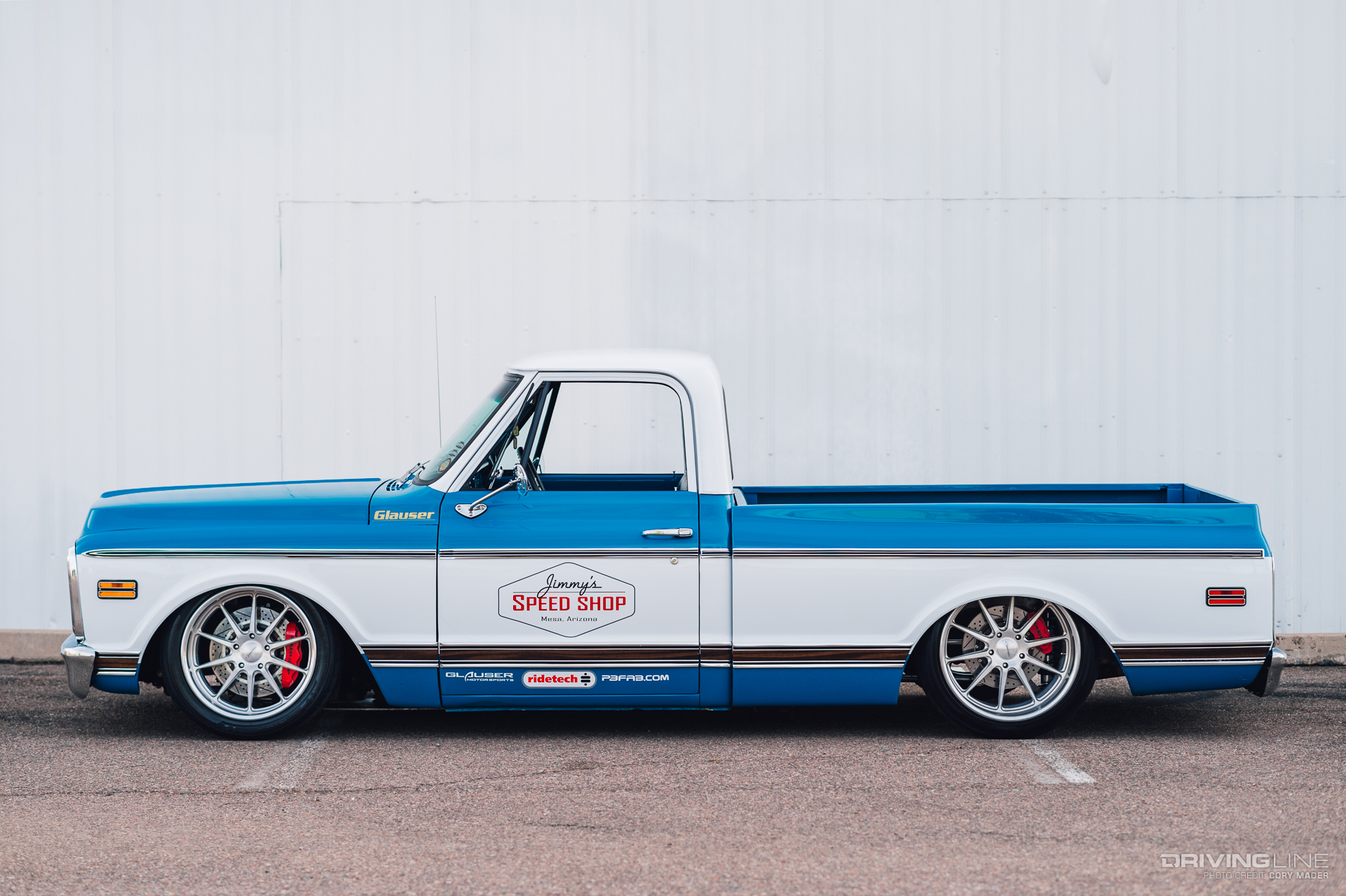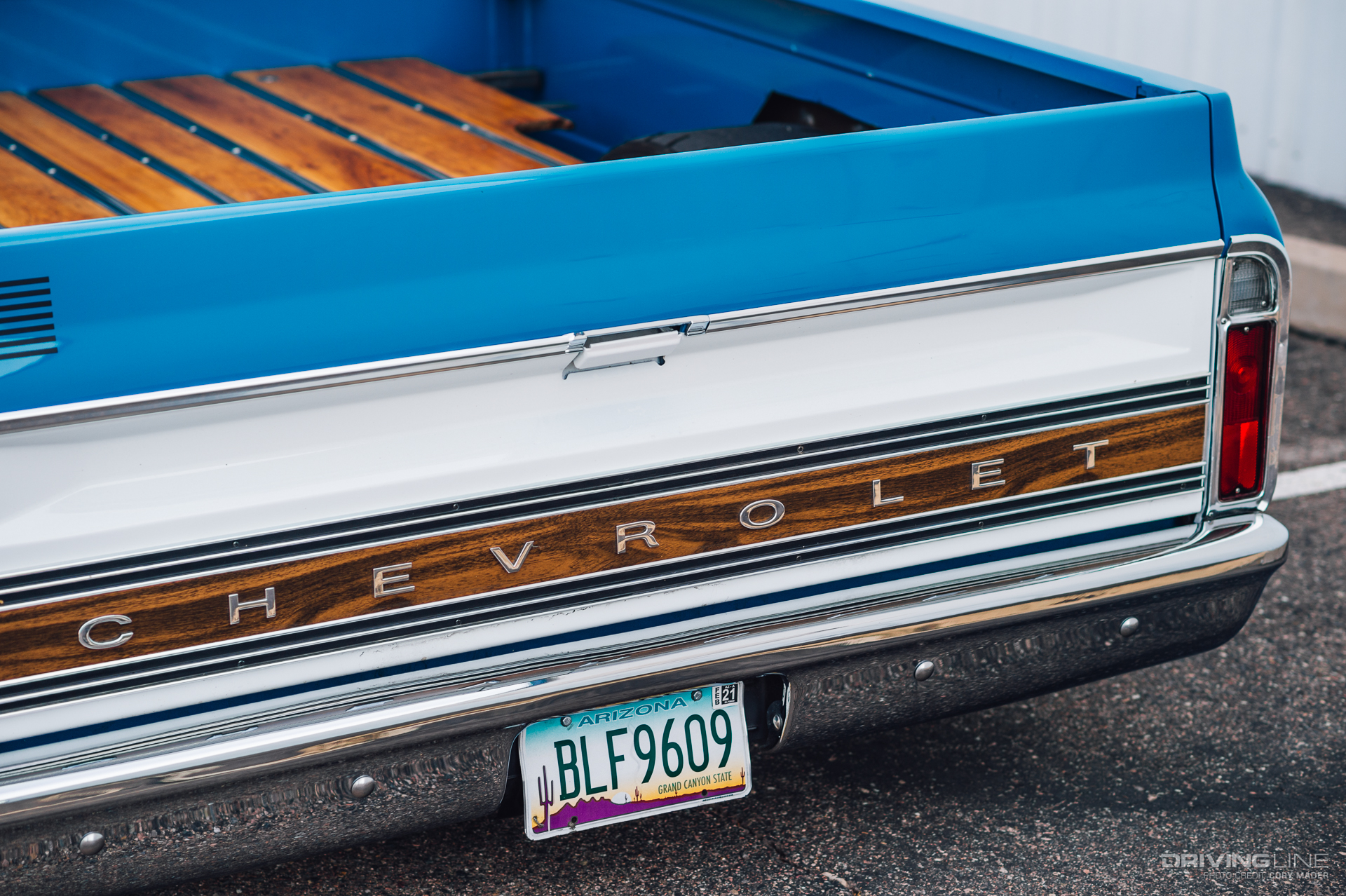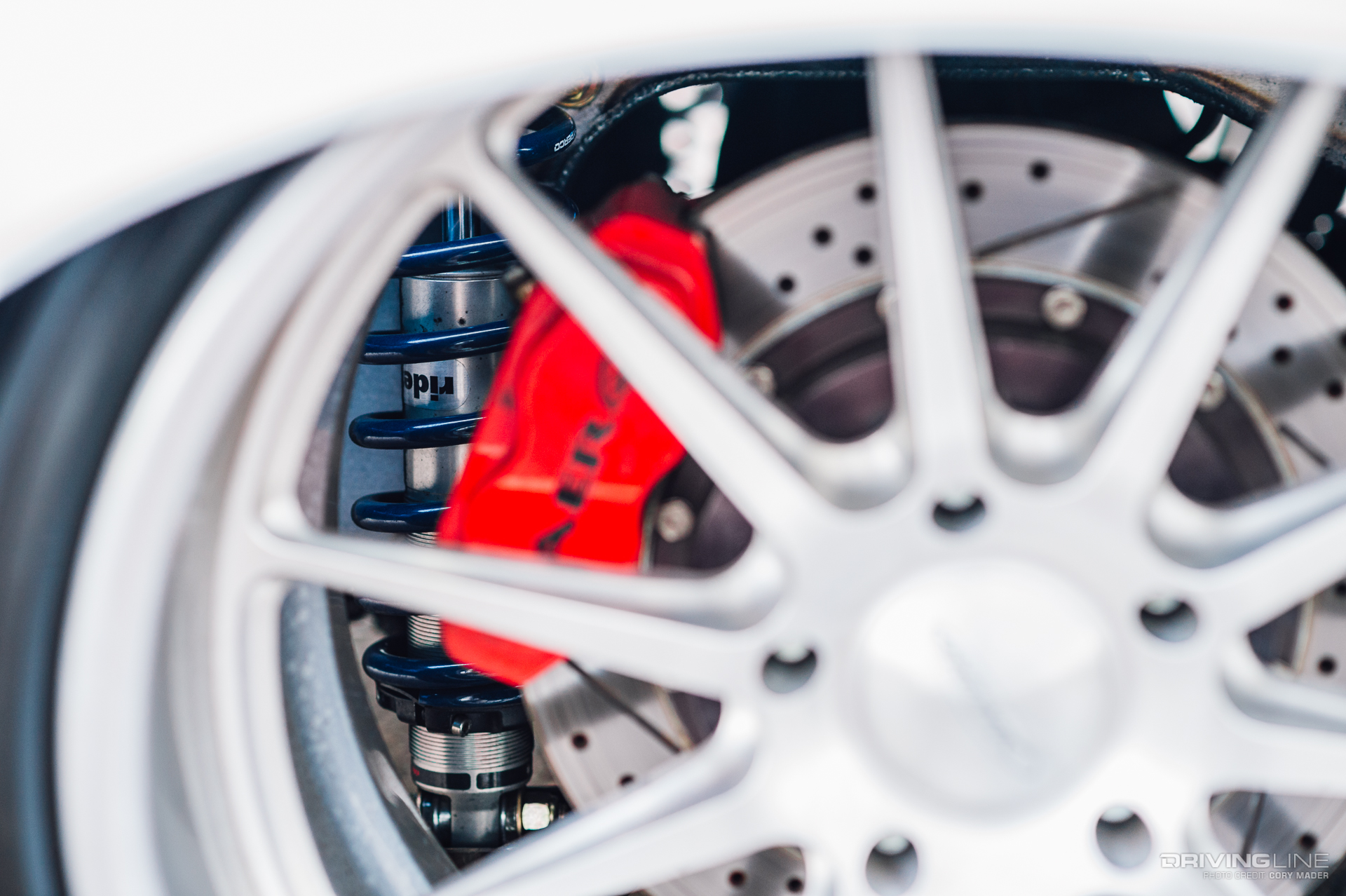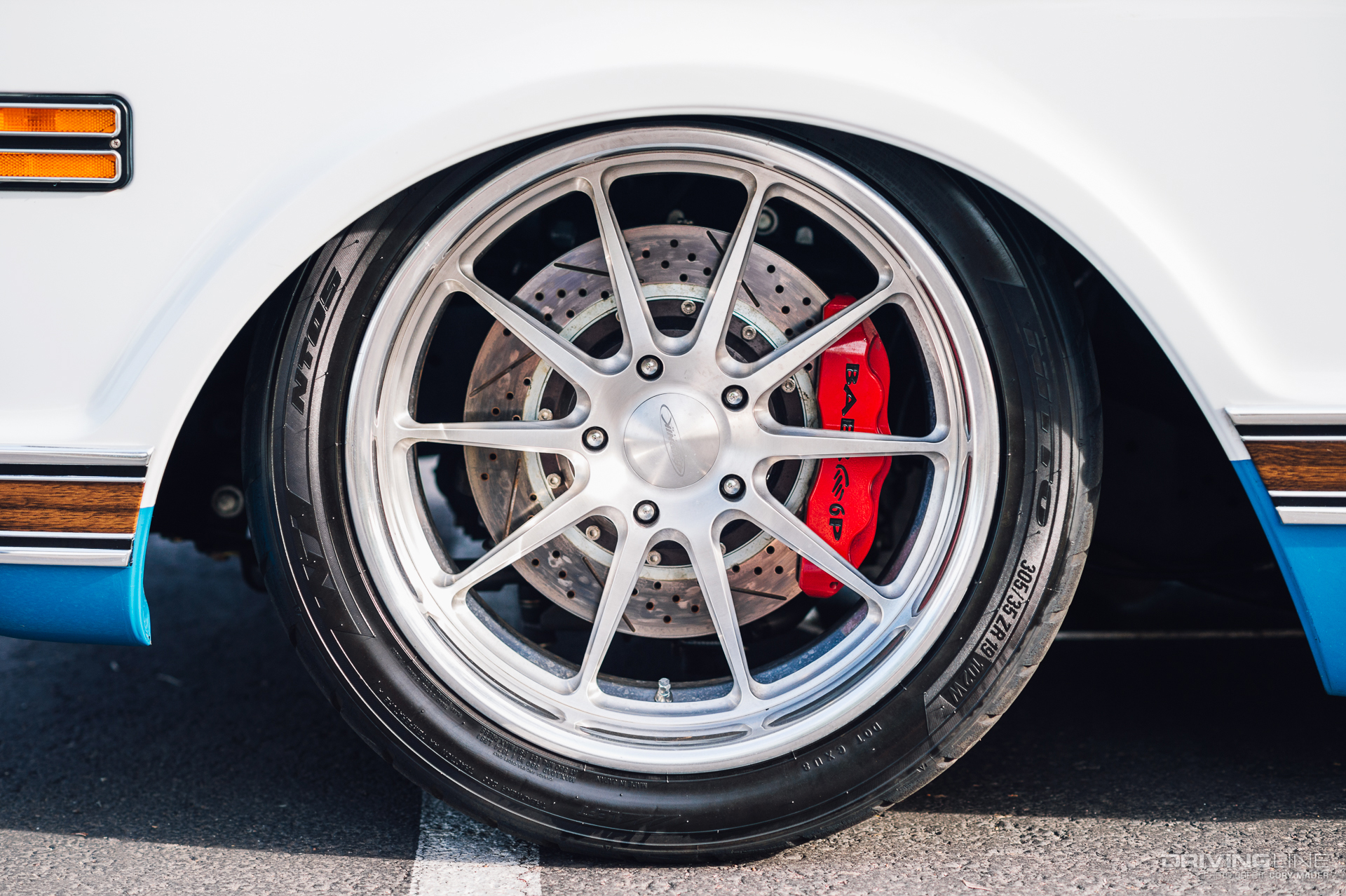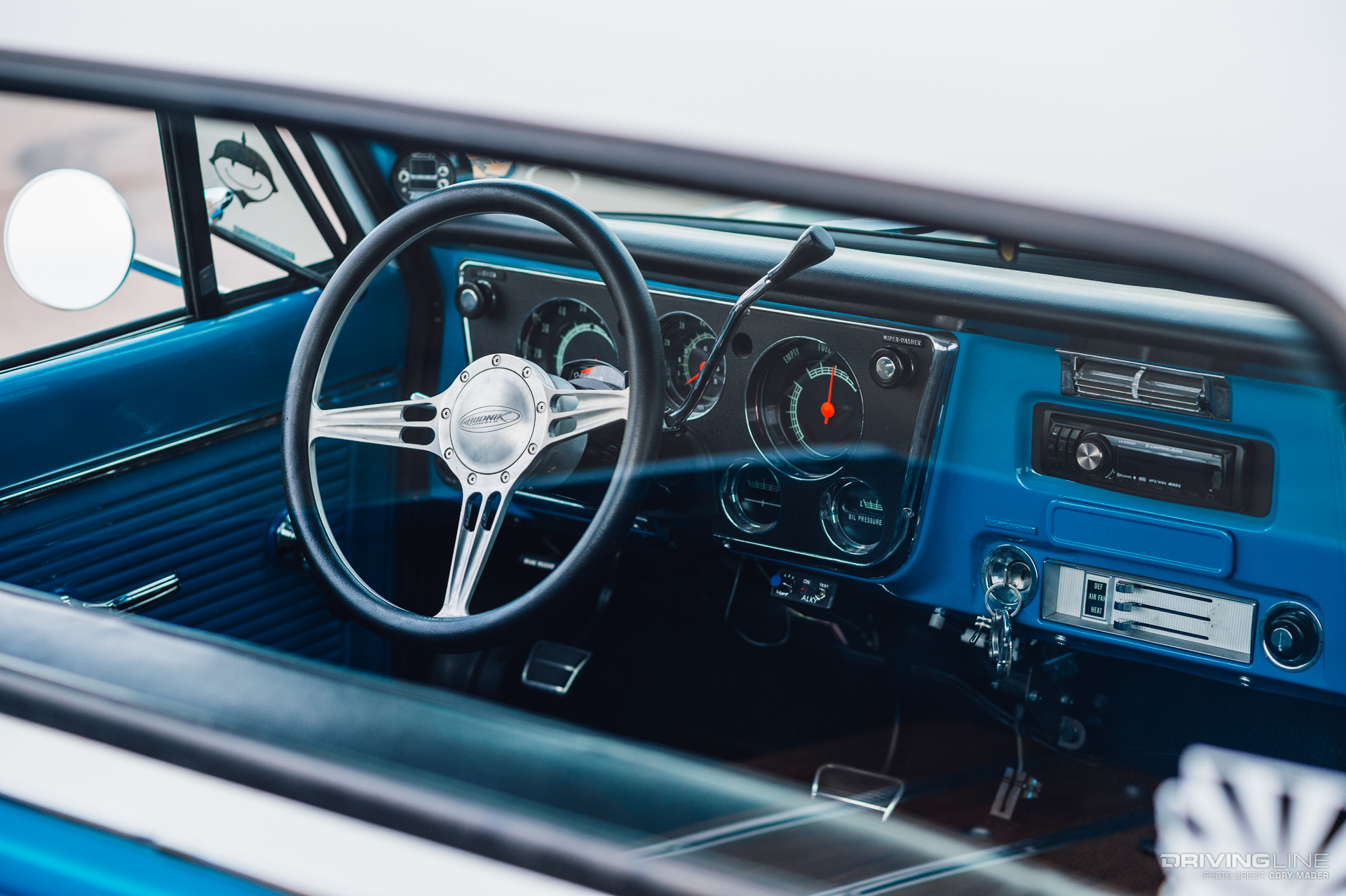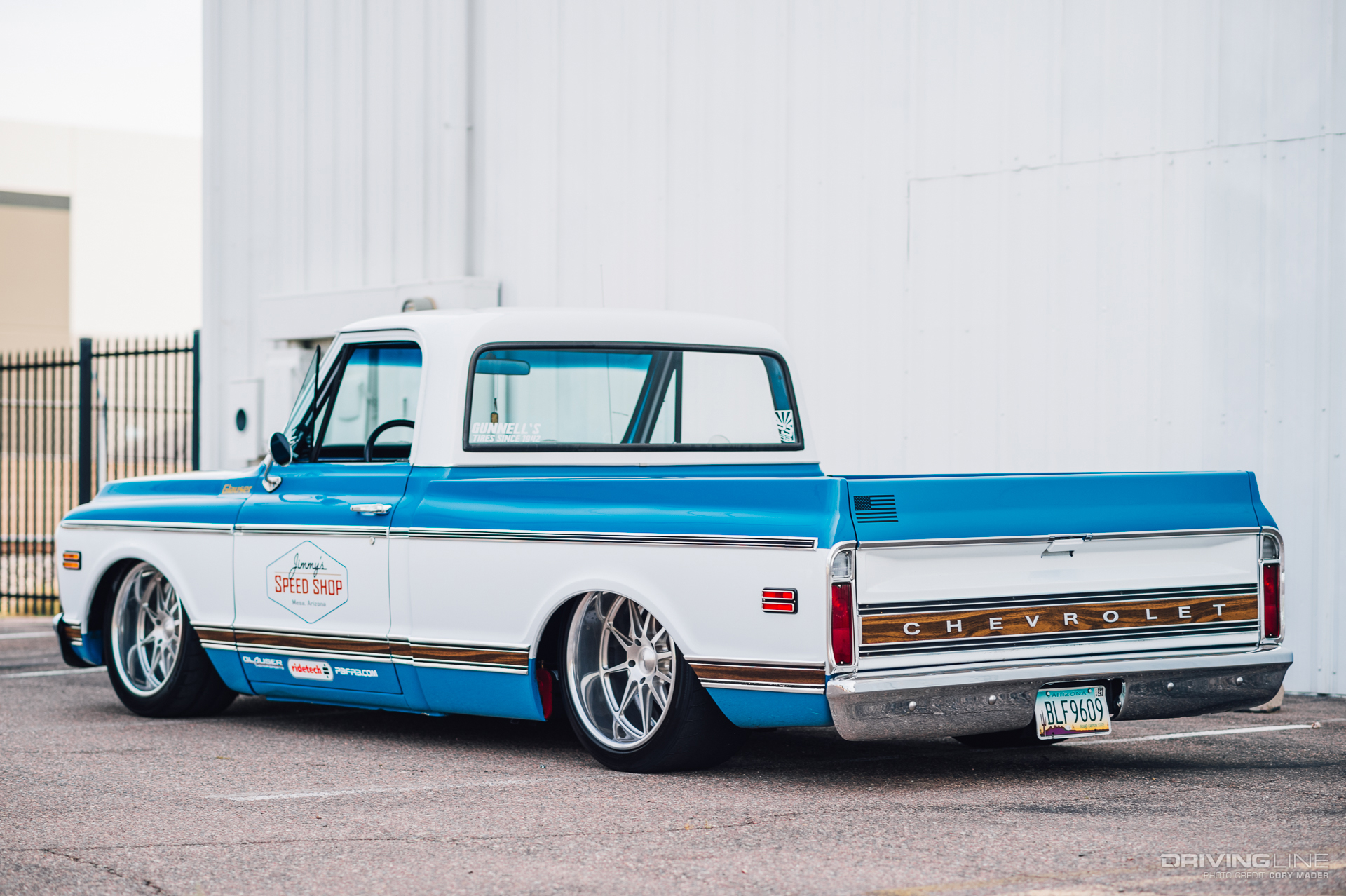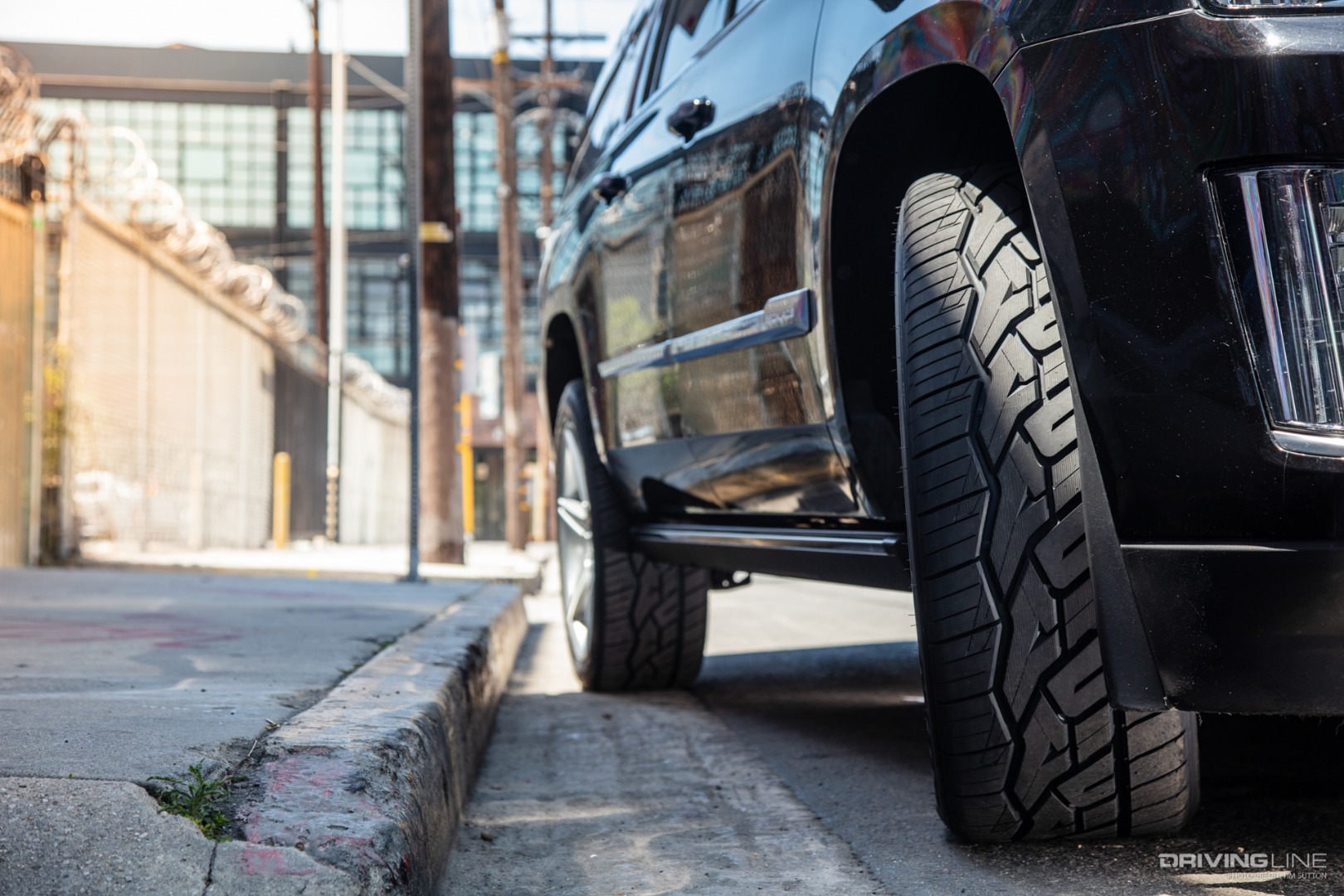Auto Enthusiast Day never ceases to produce some amazing off-road builds. As it's such a diverse show, we often find jaw-dropping examples of trucks and 4x4s both new and classic, and built for both the street and dirt. The 2019 AED show was no exception. With an ever-growing off-road section of aftermarket vendors and race teams, it wasn’t easy to narrow down our list of eye-catching builds to just five. The following are examples of the diversity and level of craftsmanship you can find walking around AED.
1. Pizza Planet – Toyota Pickup
Anyone who’s a fan of Toy Story immediately recognizes this truck. The yellow Toyota Pickup made its cameo debut on the silver screen in 1995 and has often been replicated by enthusiasts. This example was pretty spot on, even sporting the details such as the Pizza Planet roof ornament and characteristic “YO” on the tailgate. 10 points for execution!

2. Nick Nelson – Ultra4 Race Car
Easily the fastest off-road vehicle at AED this year, Team Nitto driver Nick Nelson brought out his Ultra4 racer to show the crowd a good time drifting, jumping and doing some four-wheel burnouts on the skid pad. This Jimmy’s 4x4 two-seater chassis is powered by an 850hp big block with ADS shocks and 40-inch Nitto Trail Grapplers on each corner and is capable of pulling off a 360 degree drift at around 70 mph on the asphalt! If that won’t get your blood pumpin’, we’re not sure anything will.

3. Dual Spares – Toyota 4Runner
While the Toyota 4Runner was well represented throughout AED, one in particular stood out. This impeccable fifth-gen had a feature we haven’t seen before. On the rear of this SUV was a paint-matched Expedition One rear bumper with not one, but two, spare Nitto Ridge Grapplers. The dual spare setup looked almost like something off of a Trophy Truck. After speaking with the owner of the 4Runner, we found out that his rear bumper system is modular, meaning he can remove one spare tire and install a fuel can mount instead. Very neat!

4. Casey Currie – Jeep Gladiator
Last November, Jeep shocked the whole world with the reveal of their 2020 Gladiator. It didn’t take long before we started seeing them popping up on our newsfeeds, then in local dealerships and finally on our streets. One of the few modified Jeep Gladiators around SoCal belongs to none other than Team Nitto driver Casey Currie. This Jeep truck is lifted with Fox Shocks and running Currie Enterprises axles, KMC Wheels and Nitto Terra Grappler G2s.

5. Overlander – Toyota 4Runner
The OC Overland crew had some awesome examples of fully kitted builds in their corral, and one tan 4Runner in particular caught our eye. The aggressive-looking three-hoop bumper up front gave the SUV a menacing look, with TRD skid plate below to keep the drivetrain safe. This ‘Runner was rolling on Nitto Ridge Grapplers and Stealth Custom Series wheels, for a neo-classic look. But perhaps the centerpiece of this build was the Gobi roof rack and Autohome hard-shell roof top tent. It seems there are few places you couldn’t take this rig for a camping trip!

The innovation and individuality of the builds we see at Auto Enthusiast Day reminds us of why we’re car people in the first place. As this event grows each year, we’re constantly surprised by the talent and determination of the builders that bring these rolling works of art to the show. We can’t wait to see what’s in store for 2020!
See everything that makes Nick Nelson's rig so cool.























